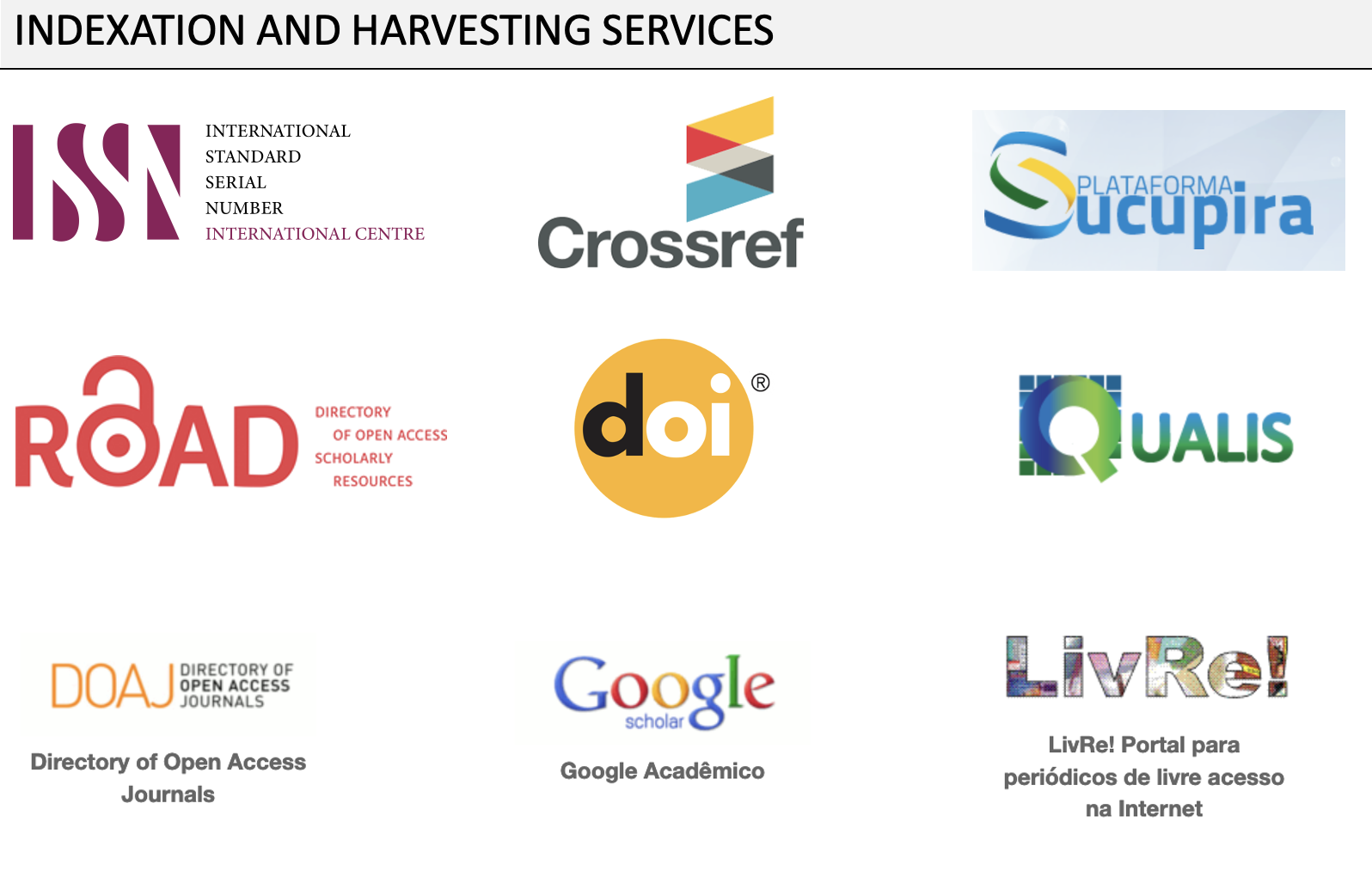Thematic Issue Presentation. Popular users: why and how innovation research started to consider users in the innovation process
DOI:
https://doi.org/10.5380/nocsi.v0i3.91143Keywords:
Critical Studies of Innovation, User-Driven Innovation, Popular Users, User TheoryAbstract
Users have no doubt become popular in innovation research. They are not considered a passive mass of adopters but as a more or less active agency in innovation processes. Diffusion research has, for instance, distinguished between several adopter categories: innovators, early adopters, early majority, late majority, and laggards. These categories can be mapped on the diffusion s-curve and indicate a temporal order along which innovations may be analysed. However, early or late adopters were still seen primarily as adopters. Concepts such as “reinvention” or “domestication” then put more emphasis on the ways in which an innovation may be changed within the adoption process. In these cases, innovations came from elsewhere (i.e., manufacturers), but the users were credited with more creative potential than simply adopting novelties. The turn towards user-driven innovations decidedly shifted the creative potential towards (specific) user groups, transgressing the traditional distinction between producers and consumers.
The involvement of users in innovation processes has been addressed under different labels, for instance, user innovation, open innovation, or participatory design and from different fields such as management and innovation research, science and technology studies, or social innovation studies. The main gist of these approaches lies in reclaiming hitherto neglected aspects, perspectives, or sources of innovations, thus arguing against a top-down producer-centred models of innovation by emphasising bottom-up user-centred modes of innovation. They reconfigure ideas about pushes and pulls, about the constellations and locales in which invention and diffusion occur, and about the transformations of innovations as they emerge and evolve over time and space.
This thematic issue of NOvation seeks to shed light on this increasing popularity of “the user” in innovation studies. We gather here contributions from diverse backgrounds that critically focus on the role of users in innovation studies, from empowerment and emancipation to valorisation and exploitation. We especially addressed the questions of why users have become popular both empirically and conceptually across a range of fields and spanning from academia to politics and civil society. How does user-centred innovation relate to more traditional models of producer-centred innovation? Which role do critical users play in innovation research? Are there specific fields in which users are seen to be more active than in others? Especially, who is considered to be a user or customer?
References
Bartels, K. (2017). The double bind of social innovation: Relational dynamics of change and resistance in neighbourhood governance. Urban Studies, 54(16), 3789–3805.
Bogers, M., Afuah, A., & Bastian, B. (2010), Users as Innovators: A Review, Critique, and Future Research Directions. Journal of Management, 36(4), 857–875.
Godin, B., & Vinck, D. (eds.) (2017): Critical studies of innovation: Alternative approaches to the pro-innovation bias. Edward Elgar.
Guille-Escuret, G. (1993). Technical innovation and cultural resistance. The social weight of plowing in the vineyards of les Corbieres (Languedoc). In: P. Lemonnier (ed), Technological choices. Transformations in material culture since the Neolithic (p. 214–226). Routledge.
Hyysalo, S., Jensen, T. E., & Oudshoorn, N. (eds.) (2016). New production of users: Changing innovation collectives and involvement. Routledge.
Kline, R., & Pinch, T. J. (1996). Users as agents of technological change. The social construction of the automobile in the rural United States. Technology and Culture, 37(4), 763–795.
Kuhlmann, S., Shapira, P., & Smits, R. (2010). Introduction: A systemic perspective: The innovation policy dance. In: R. Smits, S. Kuhlmann & P. Shapira (eds.), The Theory and Practice of Innovation Policy (p. 1-22). Edward Elgar.
Oudshoorn, N., &. Pinch, T. J. (eds.) (2003). How users matter. The co-construction of users and technology. MIT Press.
Rice, R. E., & Rogers, E. M. (1980). Reinvention in the innovation process. Science Communication, 1(4), 499–514.
Robinson, D. K. R., Simone, A., & Mazzonetto, M. (2020). RRI legacies: Co-creation for responsible, equitable and fair innovation in Horizon Europe. Journal of Responsible Innovation, 8(2), 209-216.
Silverstone, R., & Hirsch, E. (eds.) (1992). Consuming technologies. Media and information in domestic spaces. Routledge.
von Hippel, E. (1988). The sources of innovation. Oxford University Press.
Downloads
Published
How to Cite
Issue
Section
License
NOvation is an open-access journal under a Creative Commons – CC Attribution-NonCommercial-ShareAlike 4.0 license, which allows others to share the work with an acknowledgement (and preservation) of the author's authorship and intellectual property rights.
To this extent, the authors who publish in this journal agree with the following terms:
1. Authors retain the rights and grant the journal the right of first publication, with the work published under the Creative Commons – CC Attribution-NonCommercial-ShareAlike 4.0 that allows [...].
2. Authors have authorization for distribution, of the version of the work published in this journal, in an institutional repository, thematic, databases and in other works as a book chapter, with acknowledgement of authorship and initial publication in the journal;
3. Papers published in this journal will be indexed in databases, repositories, portals, directories and other sources in which the journal is and will be indexed.
Ethical Responsibilities of Authors
This journal is committed to upholding the integrity of the scientific record.
Consent to submit has been received explicitly from all co-authors, as well as from the responsible authorities – tacitly or explicitly – at the institute/organization where the work has been carried out, before the work is submitted.





